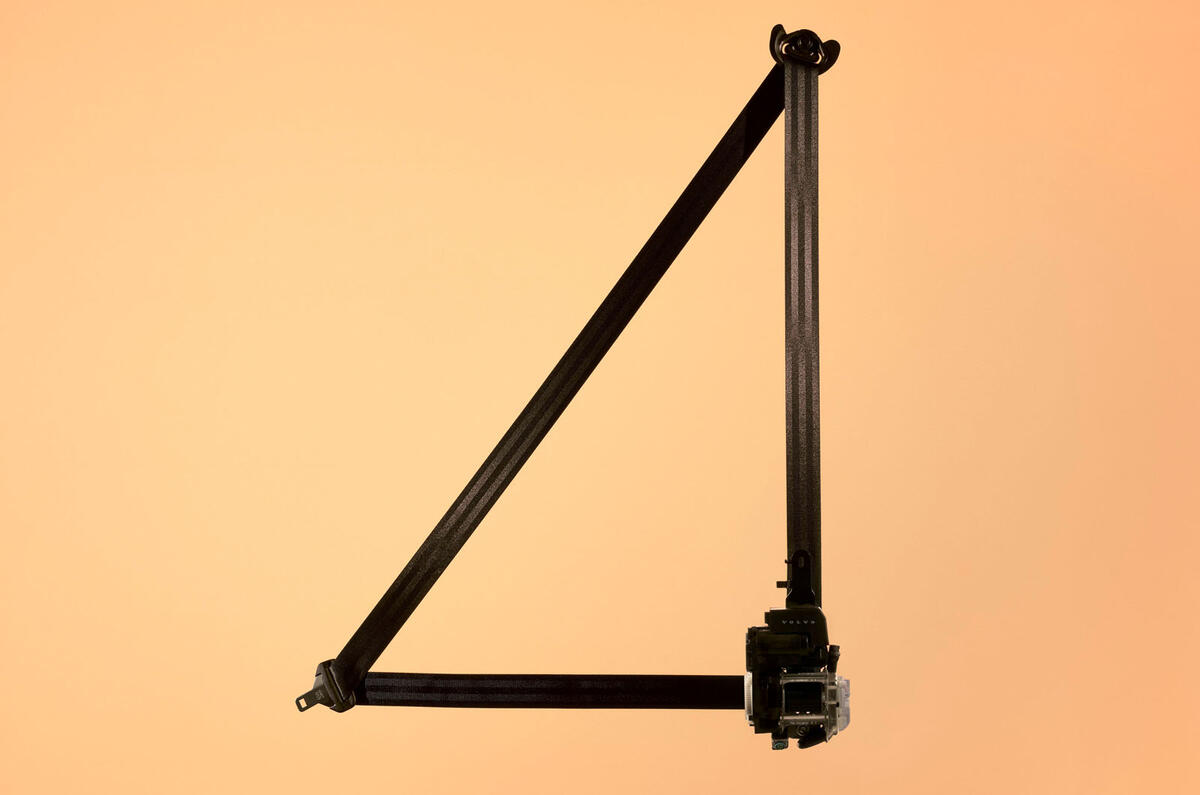Volvo has invented a new type of seatbelt that could dramatically improve in-car safety - again.
The firm, which pioneered the use of the three-point belt, has revealed a new 'multi-adaptive safety belt', which uses sensors to analyse an occupant's height, weight, body shape and seating position and responds accordingly in the event of a crash.
A larger occupant will receive a higher belt load, Volvo said, to reduce the risk of head injury, while it will respond less severely to smaller passengers to lessen the impact on their ribs.
The system – developed in collaboration with ZF Lifetech – will also respond differently according to the nature of the impact, gathering data from around the car "in less than the blink of an eye" to determine how much force the seatbelt should apply.
Today's seatbelts use load limiters to change the amount of force applied by the seatbelt, with three 'load-limiting profiles' available. Volvo's new device ups that to 11.
The new Volvo EX60 electric SUV, due next year, will be first to feature the new belts, and Volvo said over-the-air software updates will mean "it gets better over time".

As Volvo gathers more crash safety data, "the car can improve its understanding of the occupants, new scenarios and response strategies".
Åsa Haglund, who runs Volvo Cars' Safety Centre, said: "The world first multi-adaptive safety belt is another milestone for automotive safety and a great example of how we leverage real-time data with the ambition to help save millions of more lives.
“This marks a major upgrade to the modern three-point safety belt, a Volvo invention introduced in 1959, estimated to have saved over a million lives.”
The new seatbelt's unveiling coincides with the 25th anniversary of the Safety Centre, where Volvo can "recreate almost any traffic accident and perform tests that exceed regulatory requirements for real-world safety".








Join the debate
Add your comment
If it works as well as their other 'safety' features occupants can look forward to being strangled at random times by their fancy new seatbelts...
Volvo should make their cars safer by putting back physical controls.
Love safety innovations. Although I'm not sure I trust my safety to a "smart" seatbelt device yet. I know it'll have failsafes, but reading that a belt can have OTA updates just makes me think of all the bugs and problems plaguing modern cars with such reliance on software.
Thinking more capitalist hellscape... how long until you have to pay extra for the smart features of the belt vs the current "normal" method?